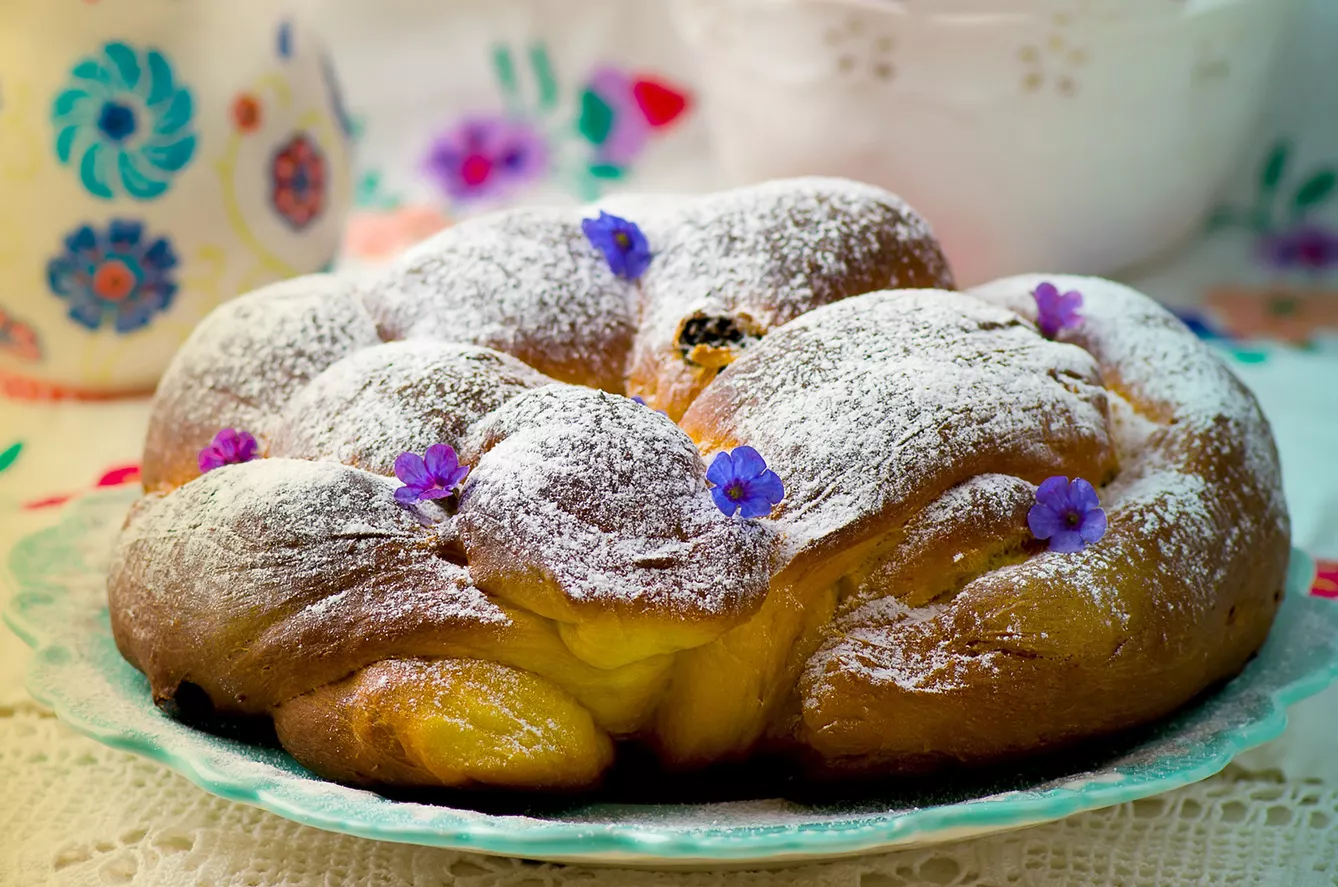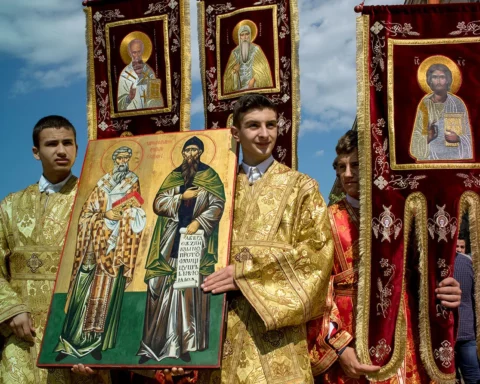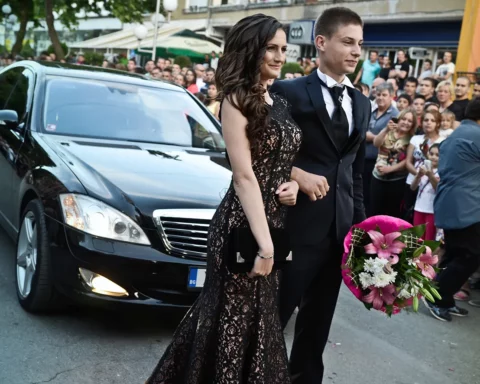“There are probably not many Bulgarians who know that, apart from mamaliga, or polenta, Romanian cuisine is almost identical to what we proudly call traditional Bulgarian cuisine. The Easter bread Kozunak (they even call it the same) and sarmi, stuffed vine or cabbage leaves on Christmas, which they call sarmale. We have many similar sayings. Why do we not know about these similarities?,” wonders Maria Stanimirova-Hazday, a Bulgarian translator of the Romanian language.
Limited exchanges now expanding
“I am inclined to attribute the lack of knowledge to communism and the limited exchanges between our ‘brotherly’ communist countries. But now, the exchange is in full swing and many Romanians visit Bulgaria, ski there, go to the seaside, of course, and write wonderful things about Bulgarian tourism. Many Bulgarians also tour the castles and fortresses in Romania and come back impressed and satisfied.”
The process of mutual discovery intensified the moment both countries joined the EU. 1.2 million Romanians visited Bulgaria in 2021 as tourists. Romania is Bulgaria’s second-largest foreign trade partner after Germany.

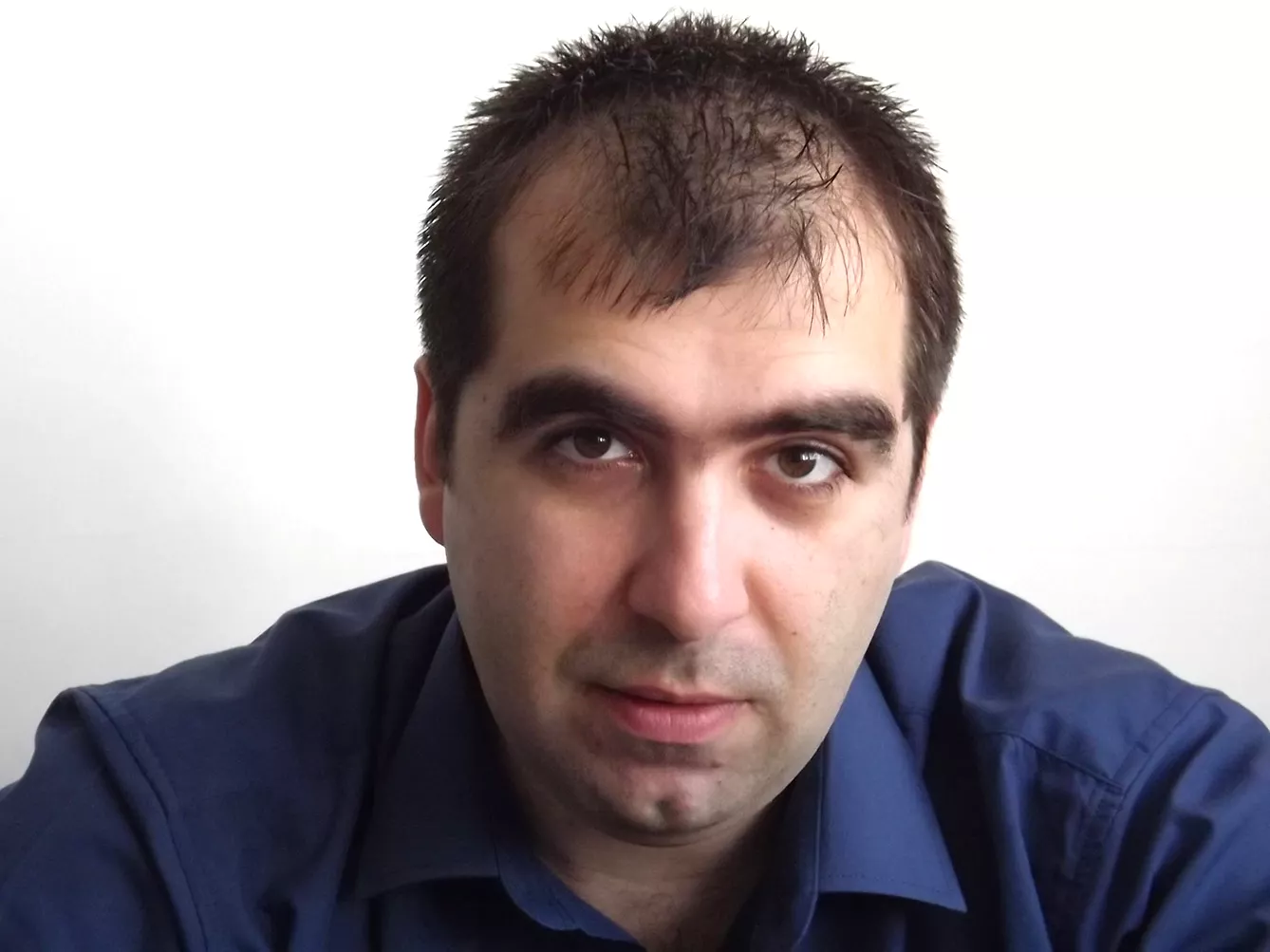
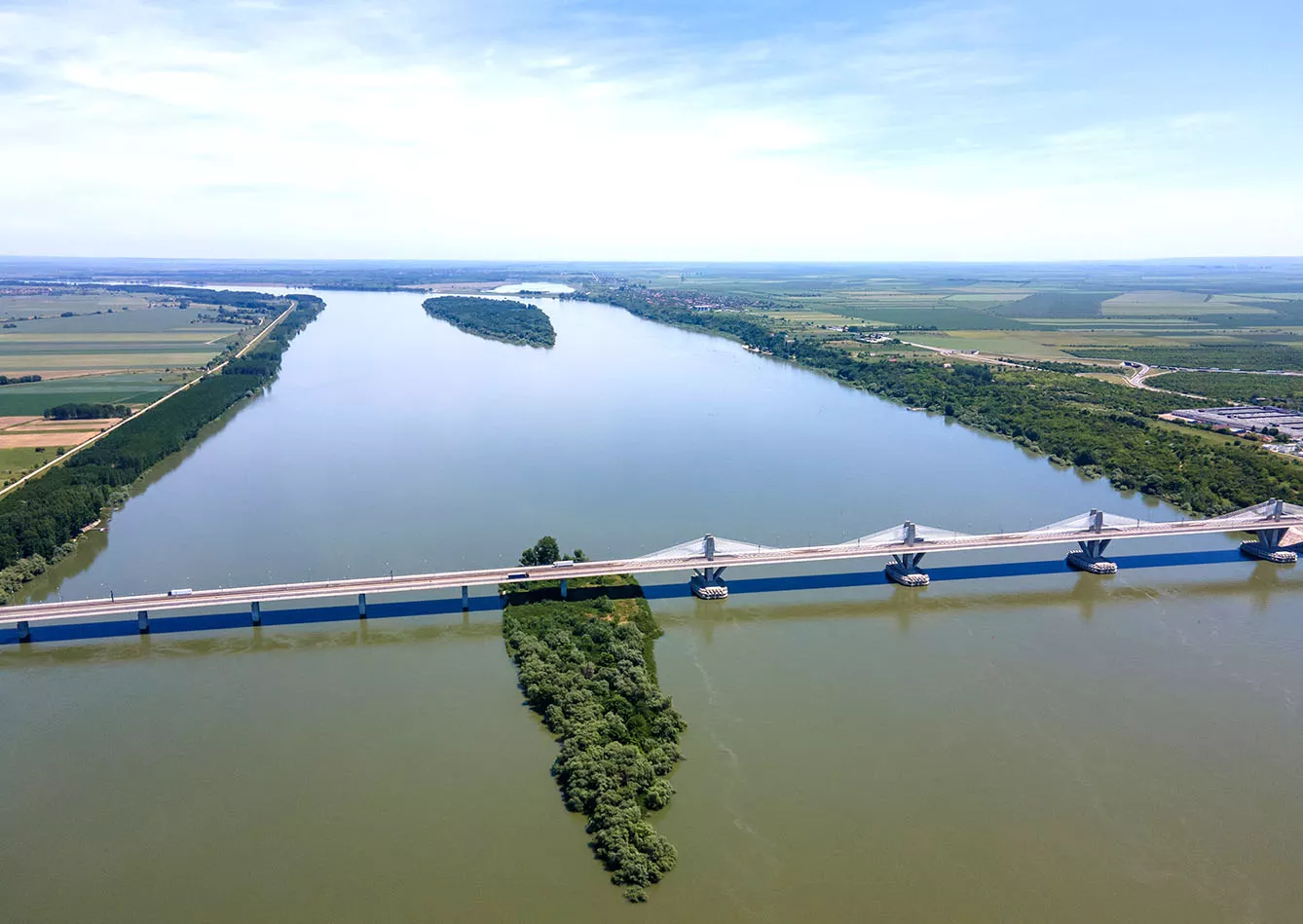
Over the centuries, despite some difficulties, Bulgarians and Romanians have managed to maintain good relations. “As early as in the period of the Bulgarian National Revival (1762-1878), Bulgarian emigration in Bucharest was very active. Bulgarians participated in the political life in Romania,” notes Stefan Minkov, professor of history at the Konstantin Preslavsky University of Shumen. “In the early 20th century, relations partially deteriorated due to the transfer of the neighboring Northern Dobrudja region from Bulgaria to Romania, according to the Treaty of Berlin.” the historian specifies. Professor Minkov believes that the bilateral relations between the countries are good and there are neither border nor ideological issues between them.
Rebuilding the cultural bridge
The areas located in the vicinity of borders are the best places where to look for signs of improving ties. Under the Romania-Bulgaria cross-border cooperation program 2014-2020, several projects are currently being successfully implemented in the town of Silistra in Northeastern Bulgaria. “The development of common tourist products and the rehabilitation of cultural heritage are planned,” says the mayor of Silistra Dr. Julian Naydenov.
“Negotiations are ongoing with the Romanian side to build bridges along the river and this will significantly improve the connection between us,” Dr. Naydenov adds. Despite sharing approximately 470 km of river border, today the two countries are still connected only by two bridges across the Danube: the Giurgiu-Ruse bridge, opened in 1954, and the Calafat – Vidin bridge, opened in 2013.
Neighboring towns are seeking other ways to benefit from the proximity. The town of Tutrakan in northeastern Bulgaria has been twinned with the Romanian town of Kirnoj for years. Tutrakan lies much closer to Bucharest than to Sofia, which is one of the reasons why local students choose to continue their education in the Romanian capital. For Bulgarian students interested in learning Romanian, two universities, in Sofia and Veliko Tarnovo, teach the language.
Bulgarian-Romanian relations still need some work
For years, Bulgarian journalist Vladimir Mitev has been working for a rapprochement between Romanians and Bulgarians. Fluent in Romanian, he lives in the city of Ruse, 70 km away from Bucharest. Mitev runs the blog “The Friendship Bridge”, a platform for news and opinions related to life in both countries. “The language barrier is probably the main obstacle for mutual acquaintance and building trust between Bulgarians and Romanians,” he says. While the numbers are optimistic, Mitev, as well as other interlocutors we reached out to when writing this story, believes that there is much more that needs to be done.
The language barrier is probably the main obstacle for mutual acquaintance and building trust between Bulgarians and Romanians
Vladimir Mitev, Bulgarian journalist
“Not only more bridges over the Danube between the two countries should be constructed. There is a need for infrastructure in the field of cultural relations. The absence of a Bulgarian cultural center in Bucharest and a Romanian cultural center in Sofia is significant,” Mitev thinks.
Romanian-born Iulia Bahovski is also banking on the power of the Internet to bring down stereotypes. Bahovski studied in Bulgaria where she dealt with an almost complete lack of knowledge about her country of origin. “Before 1989, for Bulgaria, Romania was the country of mamaliga, football player Hadzi, and the legend of Dracula. For Romania, Bulgaria meant nice vegetables, a more liberal socialist regime, and better TV. Because in those years, the television in Romania broadcasted only for two hours, and it was communist propaganda, people made special antennas to watch Bulgarian television. There was not a Romanian living in the south of the country who would not know popular programs, such as ‘Good night, children’ or ‘Studio X.’ Some even learned Bulgarian by watching TV,” she tells us.
Turning from the West to their neighbors
After 1989, following historic political changes across Central and Eastern Europe, both Bulgaria and Romania turned their eyes to the West, ignoring each other in the process. “Gradually, however, things started to change. Romanians discovered Bulgaria as a tourist destination. Bulgarians discovered Romania first as a business destination. Now they come for tourism. Before, they traveled only to Bucharest and a little further up to the Carpathians. Now they go much further, to beautiful Transylvania,” Bahovski, who is married to a Bulgarian, observes.
Today, she’s the driving force behind Myro.biz, a digital platform in Bulgarian with a myriad of feature stories about Romania, and another one, mybg.biz, aimed at popularizing Bulgaria and written in Romanian. “We are more alike than we are different and more things connect us than separate us.” Bahovski sees the growing interest in her websites as a positive sign. “Readers now write to us, asking us to present certain topics. They know that we are on the same path and that we will be better together.”
Versed in the history and culture of both Bulgaria and Romania, we ask Iulia Bahovski a question with many possible answers. Is Romania a Balkan country? And could the unclearly defined connection to the Balkan peninsula be the reason for the gap in knowledge between the two countries? “Romania is as Balkan as it gets, and not Balkan at all,” Bahovski answers. “Over the centuries, three distinct regions have been formed. Transylvania in the West, with glaring Austro-Hungarian influences. This is the last place you might want to describe as Balkan. The south of Romania, which historically has been under the influence of the Ottoman Empire, is our Balkan part. And then, the east of Romania is a different story, with strong Eastern influences. But if I must be honest, I’d say we have a Balkan DNA, but with a very strong Western orientation.”
Romania and its Western aspirations and influences
Popular Polish food writer and Romanian aficionado Barbara Starecka decided to find her own answer to the Balkan question. In 2018, after numerous previous trips to Romania, Starecka and her Polish husband, whom she married in Bucharest, traveled first to Bulgaria and then to Romania. “For me, Romania is not a Balkan country. Romania is a country with very strong Western aspirations and influences, you just feel that. Their mentality is maybe closer to Italy and France than to the Balkans, courtesy of their historic connection to ancient Rome.”
“Just looking at my Romanian friends’ Instagram feed I’m having a hard time figuring out where they are. They either constantly travel to Paris or Italy or dress and eat like French people at home. And then there’s the architecture. Bucharest still carries the occasional resemblance to Paris. When you put all this together, despite its horrifying 20th-century communist period history, paradoxically, you don’t feel the legacy of this dark past lurking. Not in the streets, and not in the way people think. In Bulgaria, however, I had a somewhat different feeling.”
In Bulgaria, journalist Vladimir Mitev also points to differences in mentality. Suffering for many years from endemic corruption, Bulgaria looked up to Romania with hope when Laura Kövesi, at the time chief prosecutor of Romania’s National Anticorruption Directorate, was at the forefront of her country’s battle with corruption. Kövesi was removed from office in 2018.
Weeding out corruption in Bulgaria and Romania
“During the so-called ‘golden era’ of Romanian anti-corruption, there was indeed a belief popular in Bulgaria that Romania served as a model that should be taken as an example. Subsequently, Romania itself put the brakes on its anti-corruption movement, but Laura Kövesi became the first European Chief Prosecutor. Today, some people in Bulgaria still pin their hopes on Kövesi that she can stop or curb the misuse of EU funds in Bulgaria,” Mitev says.
Romania might no longer be attractive to the Bulgarian media for its justice system, adds Mitev, but for other things such as its attitude towards Ukrainian refugees, the success of its capitalism, its greater investment in culture, or the success of its cinema. In Romania on the other hand, Kiril Petkov, Prime Minister of Bulgaria until his government lost its vote of confidence in June, is being lauded as a modern politician, linked to the West, with an ambitious anti-corruption agenda.
“In fact, in Romania, the anti-corruption party was ousted from power in the autumn of 2021,” says Vladimir Mitev. “To me, one of the remarkable features of the Bulgarian-Romanian relations is the metaphorical dance of the countries and the mirror world where each of them sees in the reflection what they lack in comparison to their neighbor.”


